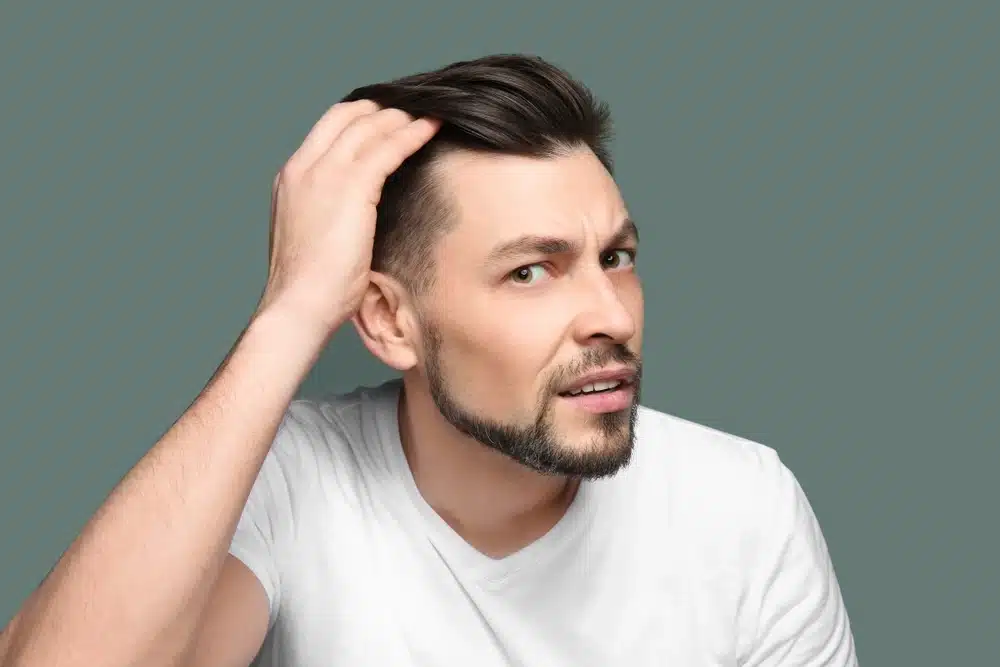Low-level light therapy, commonly called LLLT is a hair loss treatment used by many people in a bid to promote hair growth. There has recently been research into LLLT and it’s link to promoting hair growth for cancer survivors. Today we’re looking into the treatment, what it is and how it works.
What is LLLT?
Low-level light therapy is a treatment that uses lasers or light energy below a specific energy threshold and within a specific wavelength, to work on promoting hair growth. There are a variety of different tools currently offered on the high street that offer LLLT therapy that are sold with the main selling point of promoting hair growth.
The different products can have a range of light sources including laser and LED devices. The light sources are referred to as cold lasers, as they produce no heat, making them safe to use and cause no damage to the skin or hair follicles.
How does LLLT work?
Research has indicated that LLLT is absorbed into our cells and enhanced cellular activity is triggered. It is thought that this works to make ageing cells more active, increasing their effectiveness in hair growth. It has been shown that LLLT has promoted hair growth in both men and women who have androgenetic alopecia. However, there is currently a lack of research around LLLT and because of this is we are unable to be sure how the treatment actually works.
Can LLLT help cancer survivors?
Recently, a study in the US has revealed that LLLT has effectively sped up regrowth on people with chemotherapy-induced hair loss.
The small study included female subjects with breast cancer, who had chemotherapy one to four weeks prior. Each patient was randomly selected to either trial an active laser and LED hair growth device or a dummy. The active group trailed a helmet-like system, which contained 5mW lasers and 30 LEDs. The placebo group received a device that was identical in appearance, however, it contained only incandescent lights.
Each group used the device for 25 minutes every other day and returned for follow-up and photography of the scalp at three and six months. After two years, patients in the active group saw a 2.6x increase in hair counts.
The study did show positive results, however, there is not yet enough research around LLLT to see how much of an impact it has a hair growth. Something that was overlooked during this study is that hair loss due to chemotherapy drugs does usually grow back on its own, and in most cases, this happens quickly.
Losing your hair is a scary thought for anyone, if you’re going through chemotherapy it might be a good idea to visit a hair clinic. The experts at the clinic will be able to discuss hair loss with you and it might help you understand how quickly your hair could grow back, as well as any treatments that might help you.
If you have any questions regarding hair loss please feel free to contact the clinic. One of our hair loss specialists will be happy to answer any questions you might have during a consultation.


